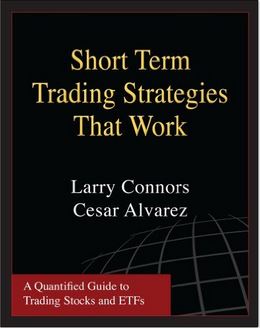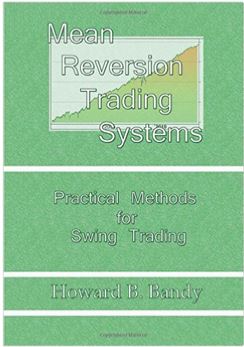
And we’re back for the 2nd episode in this 3-part series on building Mean Reversion strategies with Cesar Alvarez from Alvarez Quant Trading.
In the first episode we discussed the goal of Mean Reversion trading, how to select a trading universe, a number of effective techniques to measuring Mean Reversion and how to combine indicators to identify better quality trades.
If you haven’t listened to that episode yet, you should check it out first here.
In this 2nd episode in the Mean Reversion series, Cesar will be sharing:
- How to classify market conditions and adjust Mean Reversion strategies to the current market,
- Tips to choosing trades with a higher probability of success when you have more trades than your account can take,
- How the maximum number of positions you trade affects the role of luck on trading results and how to produce more ‘reliable’ results instead,
- Why it can be a good idea to have different strategies that enter at market and on limit orders instead of just one or the other,
- The impacts of stops on returns and why they don’t often protect you from the really big losses,
- Implementing multiple exits, what works best in Mean Reversion (and what to avoid) and testing exit combinations.
Watch out for the 3rd episode in the series, where Cesar answers all the questions submitted by Better System Trader listeners.
Resources
- You can learn more from Cesar at alvarezquanttrading.com
- Books mentioned in the show:



